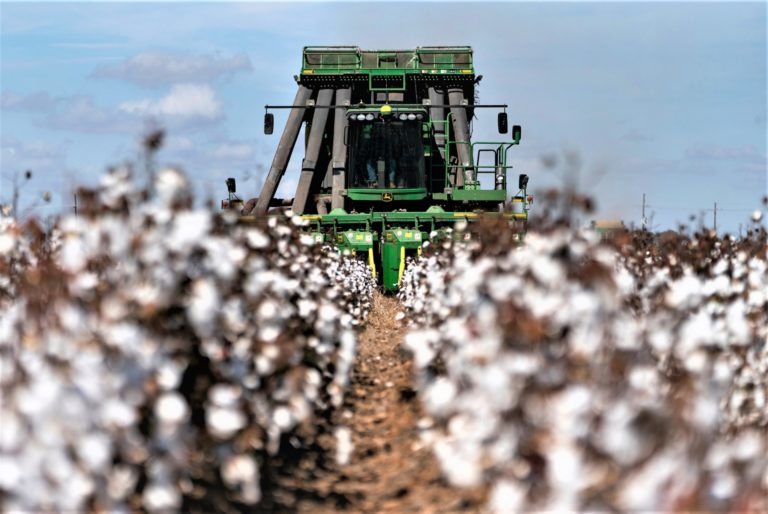Cotton produces odors that attract pests; tweaking the plant’s genes could protect crops and improve yields

How do pests find cotton to destroy? By smell.
It’s true. Cotton plants make odors that invite harmful insects to move in. But in a new project funded by government and industry, scientists at Texas A&M University intend to shut off the genes that cause the odors.
By removing the smells that pests associate with a good place to feed and reproduce, scientists believe they can reduce infestations, cut pesticide use and boost profitability.
In Texas, cotton production contributes a $2.4 billion each year to the state’s gross domestic product. The cotton industry supports more than 40,000 jobs statewide and $1.55 billion in annual labor income.
The project has received grants of almost $150,000 from the U.S. Department of Agriculture National Institute of Food and Agriculture, and the Cotton Board, a commodity group that represents thousands of growers around Texas and the United States.
Greg Sword, Texas A&M AgriLife Research scientist, Regents Professor and Charles R. Parencia Endowed Chair in the Department of Entomology, initiated the project. He will collaborate with Anjel Helms, a chemical ecologist and assistant professor in the Department of Entomology; Michael Thomson, AgriLife Research geneticist in the Department of Soil and Crop Sciences and the Crop Genome Editing Laboratory; and graduate student Mason Clark.
Editing genomes in plants and pest insects is a relatively new but rapidly advancing methodology, Sword said.
Sequencing genomes of interest and using the gene-editing tool CRISPR have become increasingly viable ways to identify and influence plant or animal characteristics.
However, using gene-editing technology to remove a characteristic to make plants more resistant to pests is novel, Sword said. The research could inspire new methodologies designed to protect plants from insects and other threats.
Sword’s gene-editing project aims to expose and exploit simple but key ecological interactions between plants and insects that could help protect the plant.
“Insects are perpetually evolving resistance to whatever we throw at them,” Sword said. “So, it’s important that our tools continue to evolve. That can only be accomplished through a committed and concentrated effort that is steered by land-grant institutions, the scientists and producers.”

